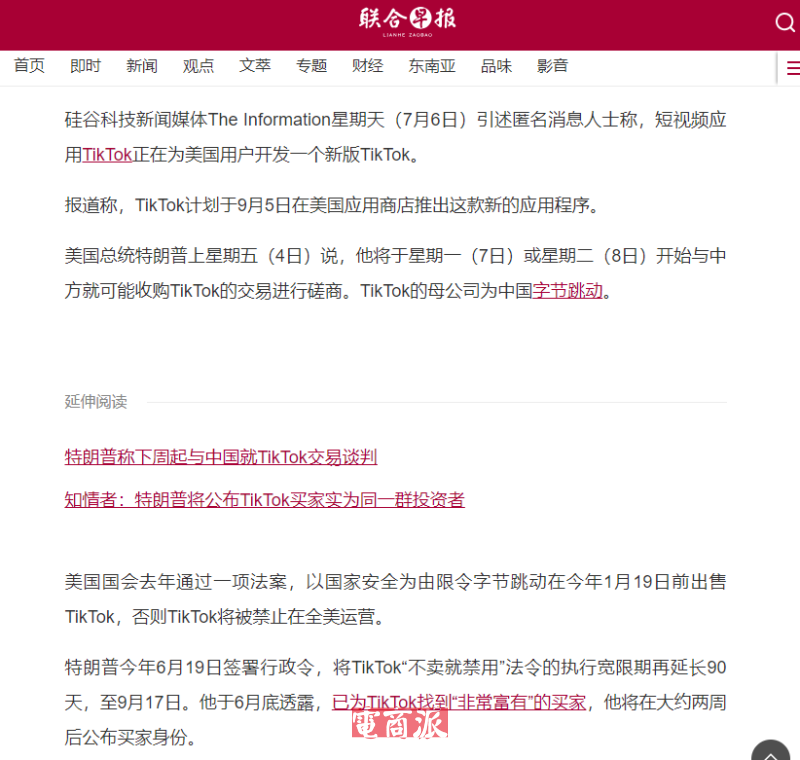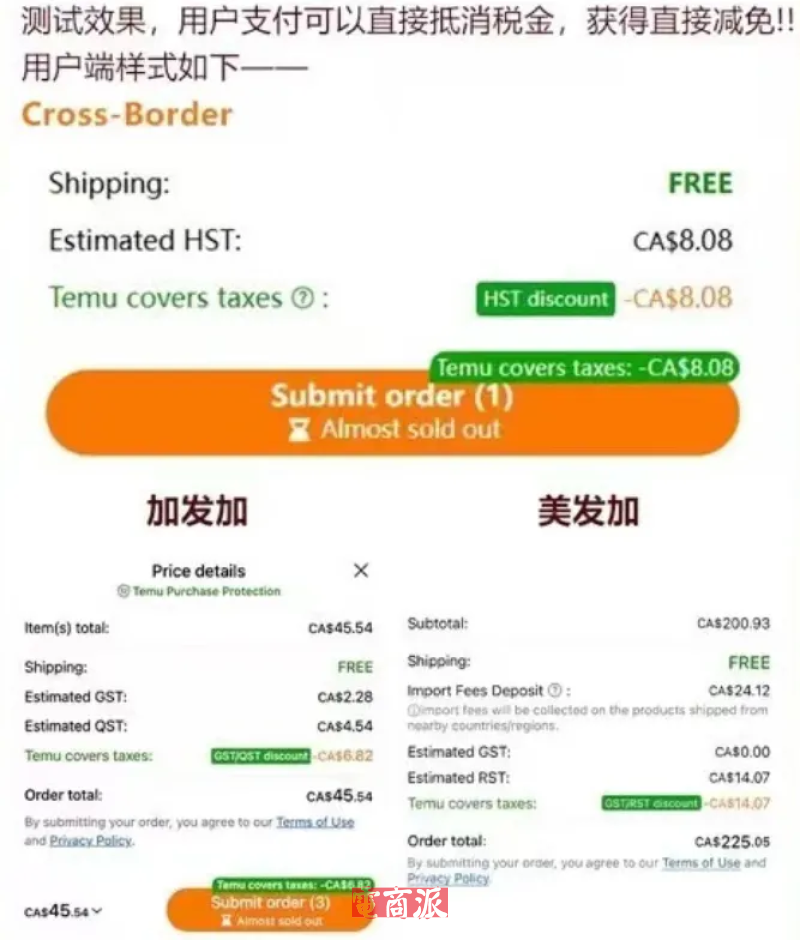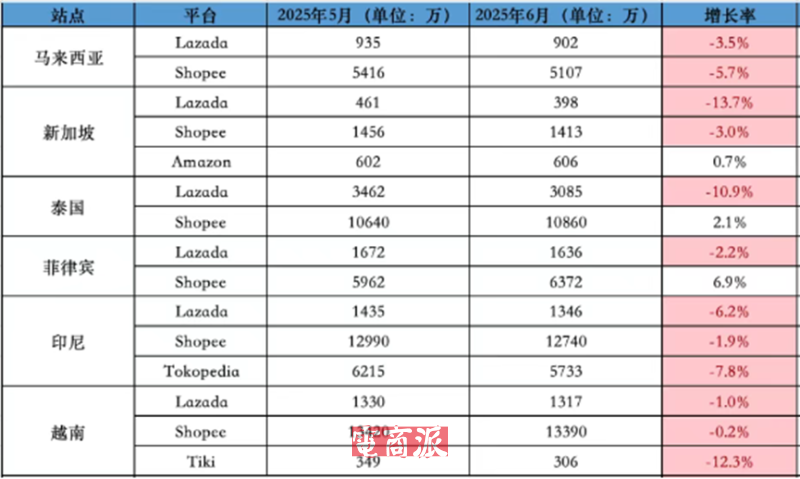vueasyncawait

Vue 中使用 async/await 的方式可以简化异步操作的代码,特别是在处理多个异步操作的情况下,使得代码更加清晰易读。
在 Vue 中,异步操作常常是通过 Promise 或者 axios 发起的。在以前的写法中,我们需要使用 then/catch 的方式来处理异步操作的结果。例如:
```
getData()
.then(response => {
console.log(response)
return processData(response.data)
})
.then(result => {
console.log(result)
})
.catch(error => {
console.error(error)
})
```
使用 async/await 的方式,上述代码可以改写成下面的形式:
```
try {
const response = await getData()
console.log(response)
const result = await processData(response.data)
console.log(result)
} catch(error) {
console.error(error)
}
```
可以看到,async/await 的写法使得代码更加直观和易于理解。首先,代码的流程更加线性,不再有回调地狱的问题。其次,错误处理更加清晰,可以通过 try-catch 捕获错误并进行处理。
不仅如此,使用 async/await 还可以方便地处理多个异步操作的并行执行和串行执行。例如,我们有两个异步操作:getUsers 和 getPosts,需要在获取用户信息的同时获取文章信息。在以前的写法中,我们需要使用 Promise.all 或者嵌套的方式来处理这种情况。而使用 async/await,则可以更加简洁地实现:
```
async function getUsersAndPosts() {
try {
const usersPromise = getUsers()
const postsPromise = getPosts()
const users = await usersPromise
const posts = await postsPromise
console.log(users
posts)
} catch(error) {
console.error(error)
}
}
```
通过上述代码,我们可以看到,使用 async/await 可以更加自然地表达异步操作的依赖关系,而不需要使用复杂的 Promise 处理。
在使用 async/await 的同时,还需要注意一些细节问题。首先,await 只能在 async 函数中使用,而不能在顶层作用域中使用。其次,await 只能用于返回 Promise 的函数调用,如果直接在调用非 Promise 的函数时使用 await,将会返回该函数的返回值。*,对于多个异步操作,如果不需要等待前一个操作的结果,可以使用 Promise.all 来并行执行,以提高性能。
总结来说,async/await 是一个很强大的语法糖,可以简化异步操作的代码,使得代码更加直观易懂。在 Vue 中使用 async/await 可以更加方便地处理异步操作,提高代码的可读性和可维护性。
 邮件群发-邮件群发软件|邮件批量发送工具|群发邮件平台|批量邮箱发送系统公司
邮件群发-邮件群发软件|邮件批量发送工具|群发邮件平台|批量邮箱发送系统公司








